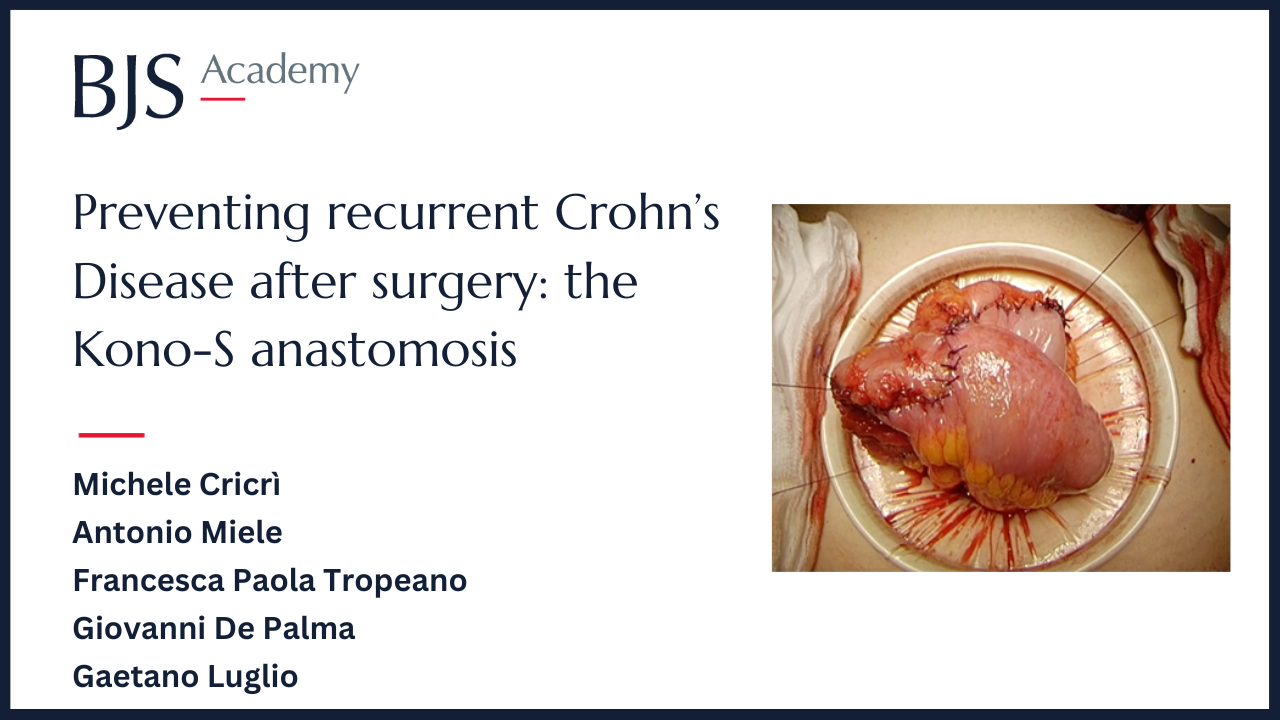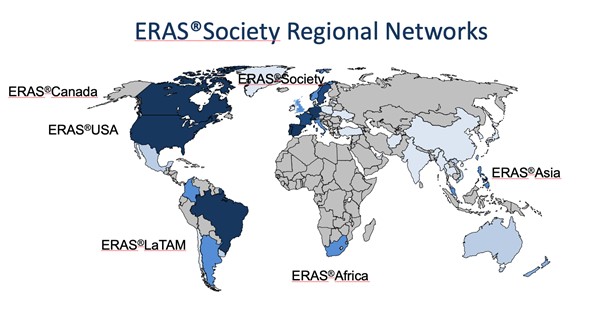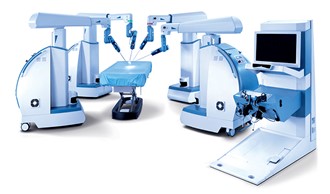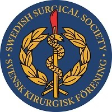BJS Academy>Continuing surgical ...>Can recurrent divert...
Surgical digest
Can recurrent diverticulitis be predicted?
Lucia Sobrinoa
Department of General and Digestive Surgery Colorectal Unit Bellvitge University Hospital University of Barcelona and IDIBELL Barcelona, Spain
Marta Climent
Department of General and Digestive Surgery Colorectal Unit Bellvitge University Hospital University of Barcelona and IDIBELL Barcelona, Spainmartacliment@gmail.com
Clara Santanach
Department of General and Digestive Surgery Colorectal Unit Bellvitge University Hospital University of Barcelona and IDIBELL Barcelona, Spain
Sebastiano Biondo
Department of General and Digestive Surgery Colorectal Unit Bellvitge University Hospital University of Barcelona and IDIBELL Barcelona, Spainsbn.biondo@gmail.com
Related articles

Preventing recurrent Crohn’s Disease after surgery: the Kono-S anastomosis
Michele Cricrì, Antonio Miele, Francesca Paola Tropeano, Giovanni De Palma, Gaetano Luglio
These avatar-based videos have been created via AI to summarise the key content of the article, with the authors' permission. This is a trial, and we would appreciate your feedback on whether you find them a useful addition to the publication.
Please note that these videos are for informational purposes only and do not constitute medical advice. Viewers should consult their own doctors for any medical concerns.

ERAS – yesterday, today and also for tomorrow? The ERAS Society perspective.
Olle Ljungqvist, Ulf Gustafsson, Hans D. de Boer
ERAS so far It is more than 25 years ago that a multimodal approach to recovery after major surgery, called fast track surgery, was first proposed1,2. Combined with laparoscopic surgery it showed that old and frail patients were fit to leave the hospital in two days after major surgery3. Larger follow up studies reported that this could be achieved with fast track surgery alone. This inspired a group of surgeons from Northern Europe to form the Enhanced Recovery After Surgery (ERAS) Study Group in 20014. The members hypothesized that bringing together all potential stress reducing and recovery improving care elements into one program, would enhance recovery after surgery. The first ERAS protocol was published in 20055. But alongside the guideline there was a need to also organize care in a new way to make ERAS fully functioning6 (Table 1). When the guideline was tested a clear relationship was shown with more care elements in the protocol in use and improved outcomes regarding both complications, length of stay and readmissions suggesting that detailed audit would be key7-9.

Robotics surgery
Omar Yusef Kudsi, MD, MBA, FACS
Introduction With multiple advantages over laparoscopic and open surgery, including stereovision, enhanced precision and dexterity, surgeons are transitioning to robotic surgery. Practicing robotic surgeons praise the platform’s improved ergonomics and camera control, advantages that are worth the challenge of overcoming the steep learning curve. Thus, robotics is becoming the cornerstone for advancing the field of minimally invasive surgery. An obvious pattern in the diffusion of cutting-edge technologies is that it starts with one manufacturer – Intuitive Surgical has currently near complete dominance of the robotic surgery market. However, in the future, new robotic platforms will become available. Here we discuss the advantages and challenges with robotic surgery.
Copied!
Connect

Copyright © 2025 River Valley Technologies Limited. All rights reserved.








.jpg)



